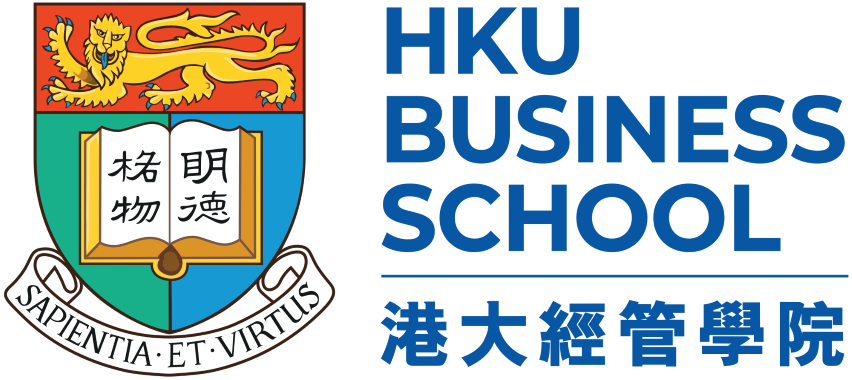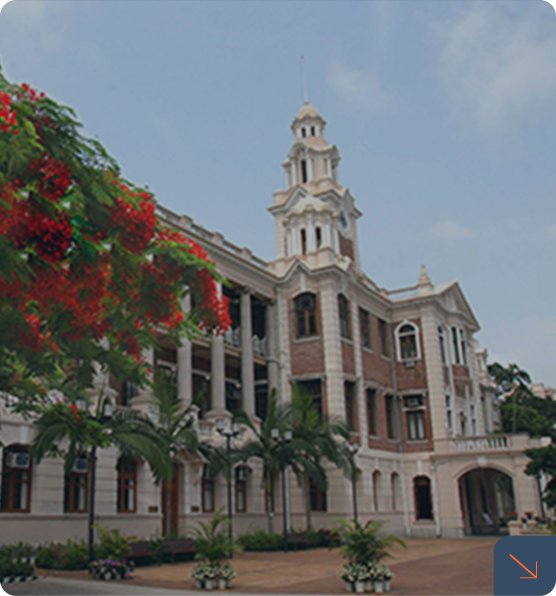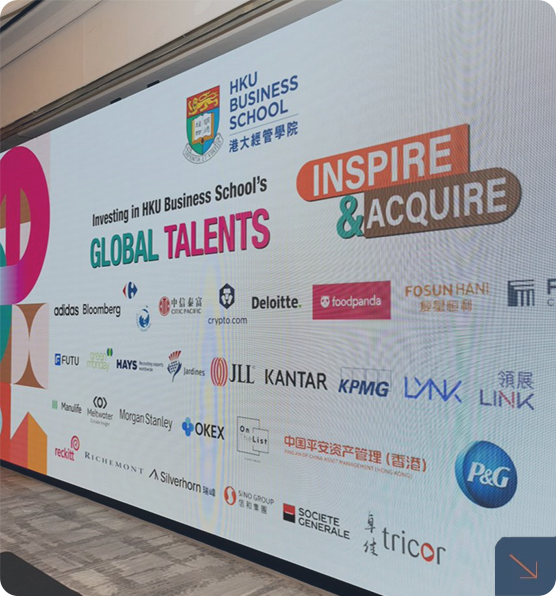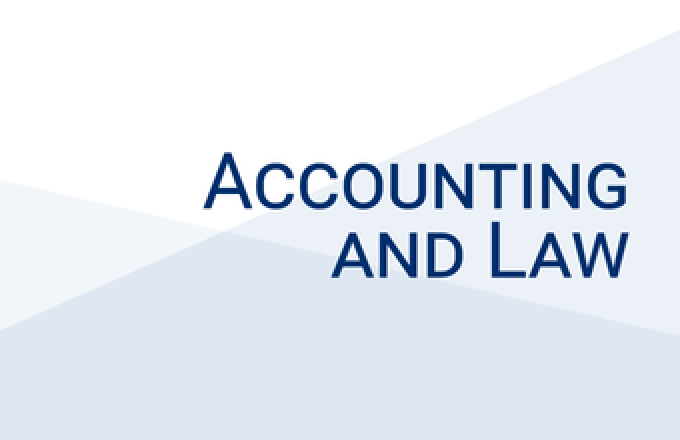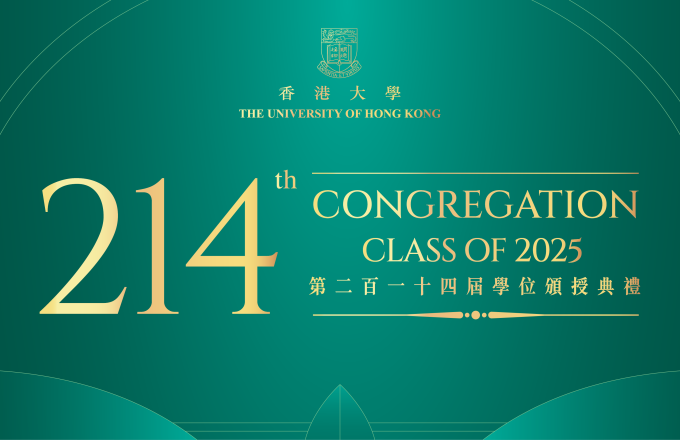The Innovation Arms Race
Professor Jarrad Harford
Professor of Finance
Foster School of Business
University of Washington
Economists have long recognized that competition and innovation interact as key drivers of economic growth (Schumpeter, 1943; Arrow, 1962; Aghion and Howitt, 1992). Acknowledging this, regulators carefully scrutinize competitive behaviors that potentially affect innovation incentives, in particular in the case of proposed mergers (Shapiro, 2012). Do acquisitions of innovative targets spur or stifle innovation? To address this question, we provide a first large scale empirical investigation of M&A effects on acquirer rivals’ incentives to innovate and the equilibrium outcome resulting from this competitive process. Our results are consistent with an innovation arms race: acquisitions of innovative targets push acquirer rivals to invest more in innovation, both internally through research and development (R&D) and externally through acquisition of innovative targets, and this increase in innovation investment necessary to maintain competitive position leads to a decrease in firm market valuation. These results are robust to endogeneity and are driven by the High-Technology industry. This arms race process appears stronger for leaders and neck‐and‐neck firms. Initial patents and patent citations‐based evidence shows no sign of innovation investment efficiency decline, suggesting that the innovation arms race generates a transfer of economic rent favorable to consumers. Cumulative abnormal returns and offer premium analyses indicate in addition that target shareholders benefit from this increased competition between acquirers.
